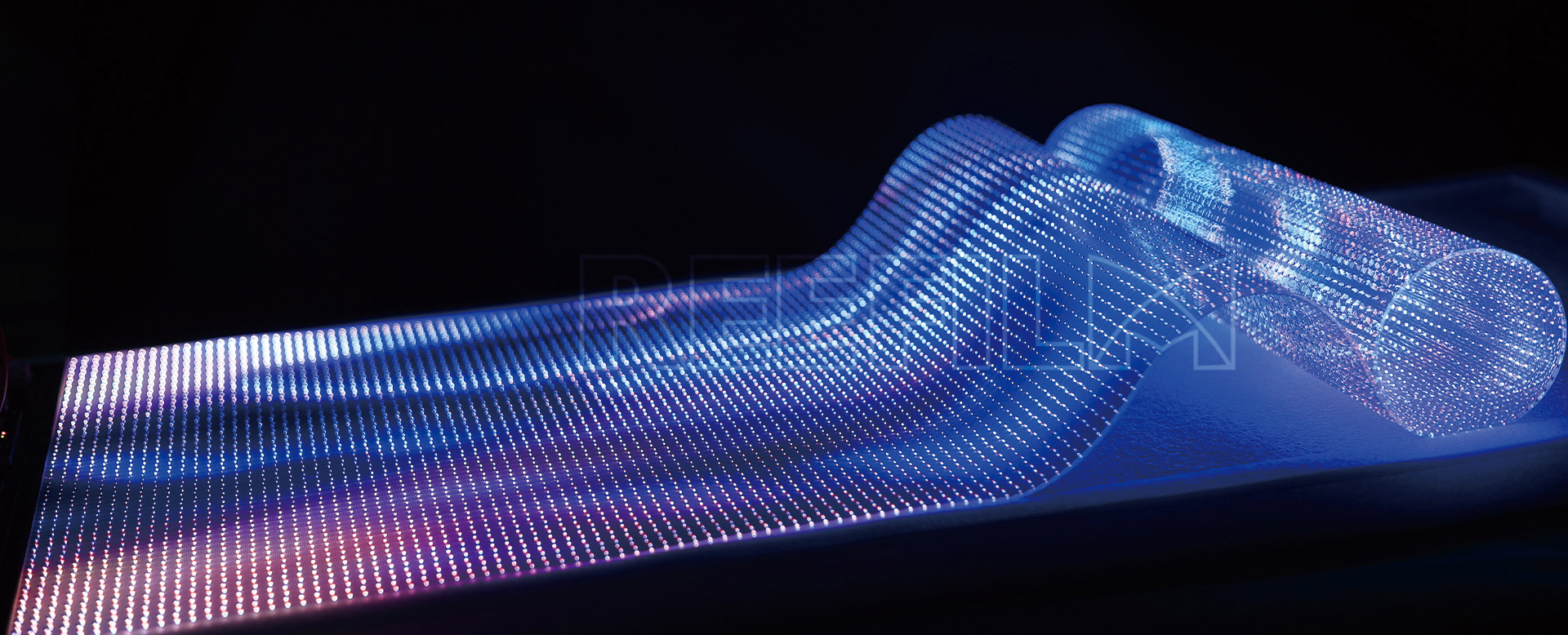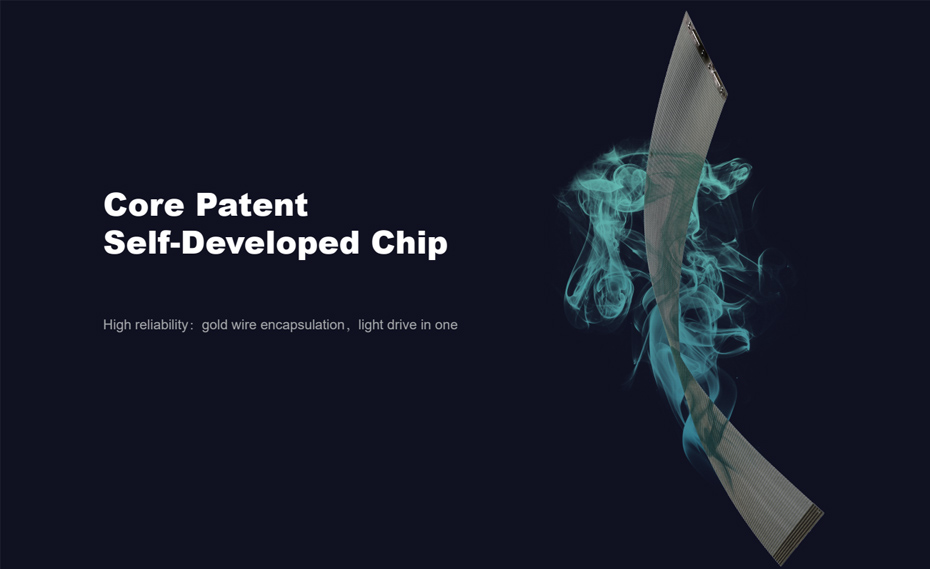
LED screens can achieve flexibility and curvature due to the nature of the materials and technology used in their construction. Unlike traditional display technologies such as LCD, LED screens use light-emitting diodes (LEDs) as individual pixels. Here's why LED screens can be curved:
Flexible Substrate Materials:
LED screens use flexible materials as substrates, the underlying layer that supports the electronic components. Common flexible substrates include polyimide and other flexible plastics.
These materials allow the screen to bend without compromising the functionality of the LED pixels.
Thin and Lightweight Design:
LED displays are inherently thin and lightweight compared to traditional displays. The absence of a bulky backlight, as seen in LCDs, contributes to their sleek profile.
The slim design makes it easier for the screen to bend or curve without adding excessive weight or thickness.
Direct Emission of Light:
LEDs emit light directly, in contrast to LCDs, which require a backlight. This direct emission allows for more flexibility in designing the display, as there is no need for a rigid backlight unit.
Segmented Modules:
Many LED screens are composed of smaller modular units. Each module contains a cluster of LEDs and associated electronics.
These modular units can be assembled in a way that accommodates curves and bends, providing designers with the flexibility to create curved or even wraparound displays.
Customizable Form Factors:
LED screens can be custom-designed to fit specific shapes and sizes, including curved or irregular surfaces. This customization is possible because the underlying technology allows for versatile arrangements of LED pixels.
Curved Glass or Flexible Substrates:
Some LED displays incorporate curved glass or flexible substrates that conform to the desired shape. This approach is common in applications where the screen needs to follow the contours of a particular structure or device.

In summary, the combination of flexible substrates, thin and lightweight design, direct light emission, segmented modules, and customizable form factors allows LED screens to be bent or curved. This flexibility opens up a wide range of creative possibilities for designers and architects, leading to the integration of curved LED displays in various applications, from signage to immersive installations.
Previous: Flexible Screen Design